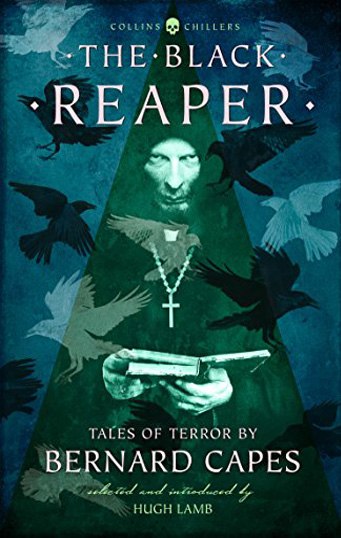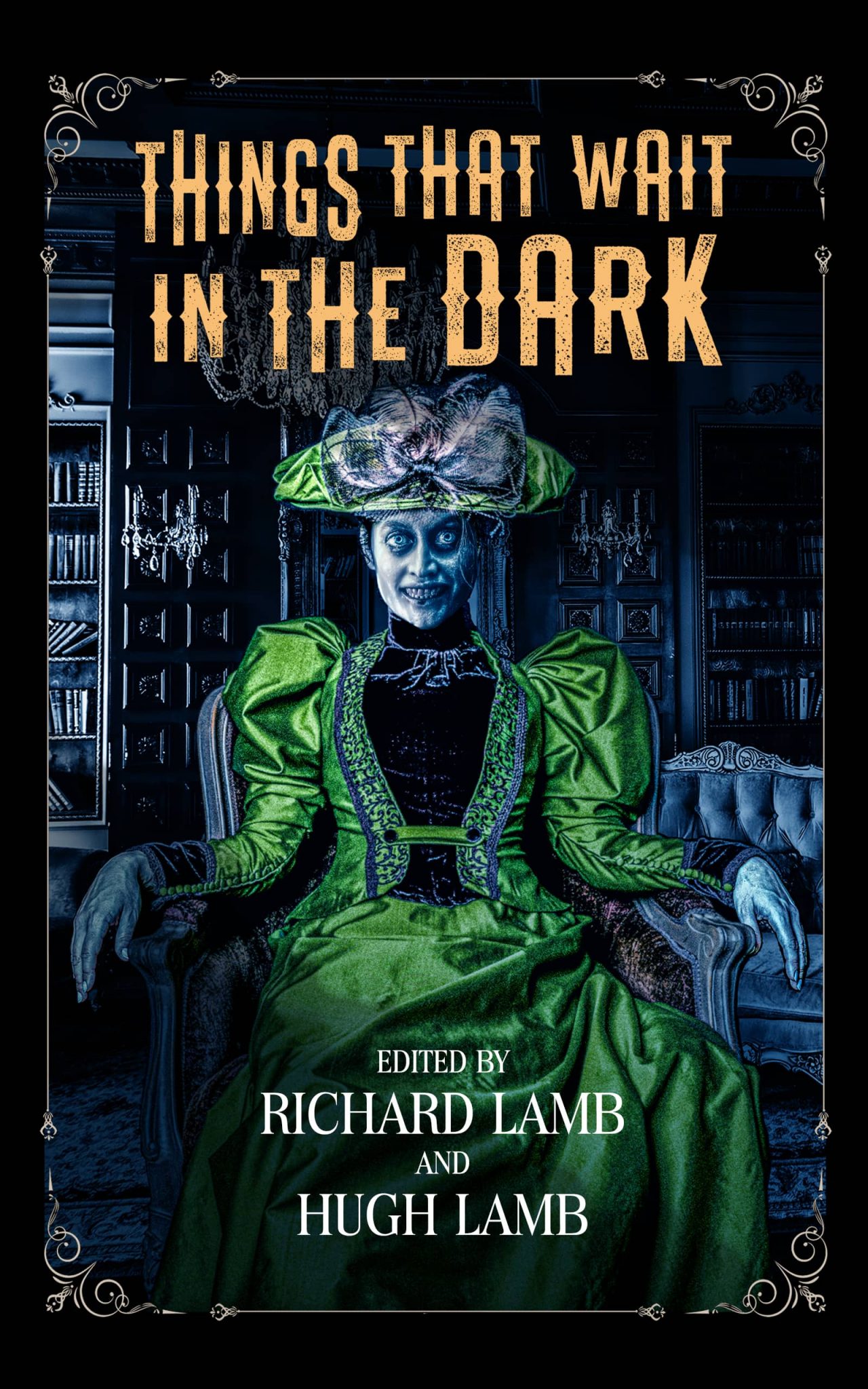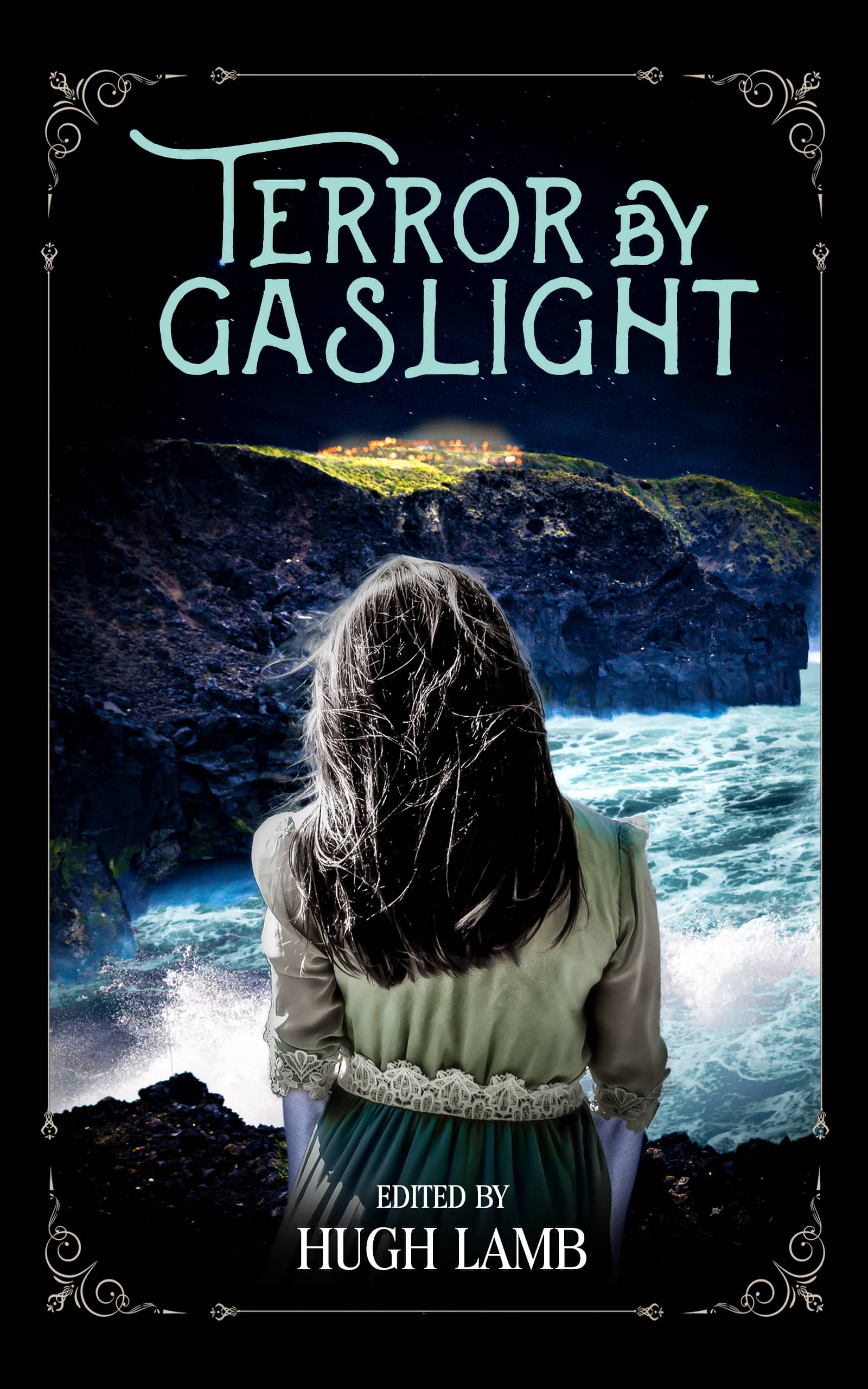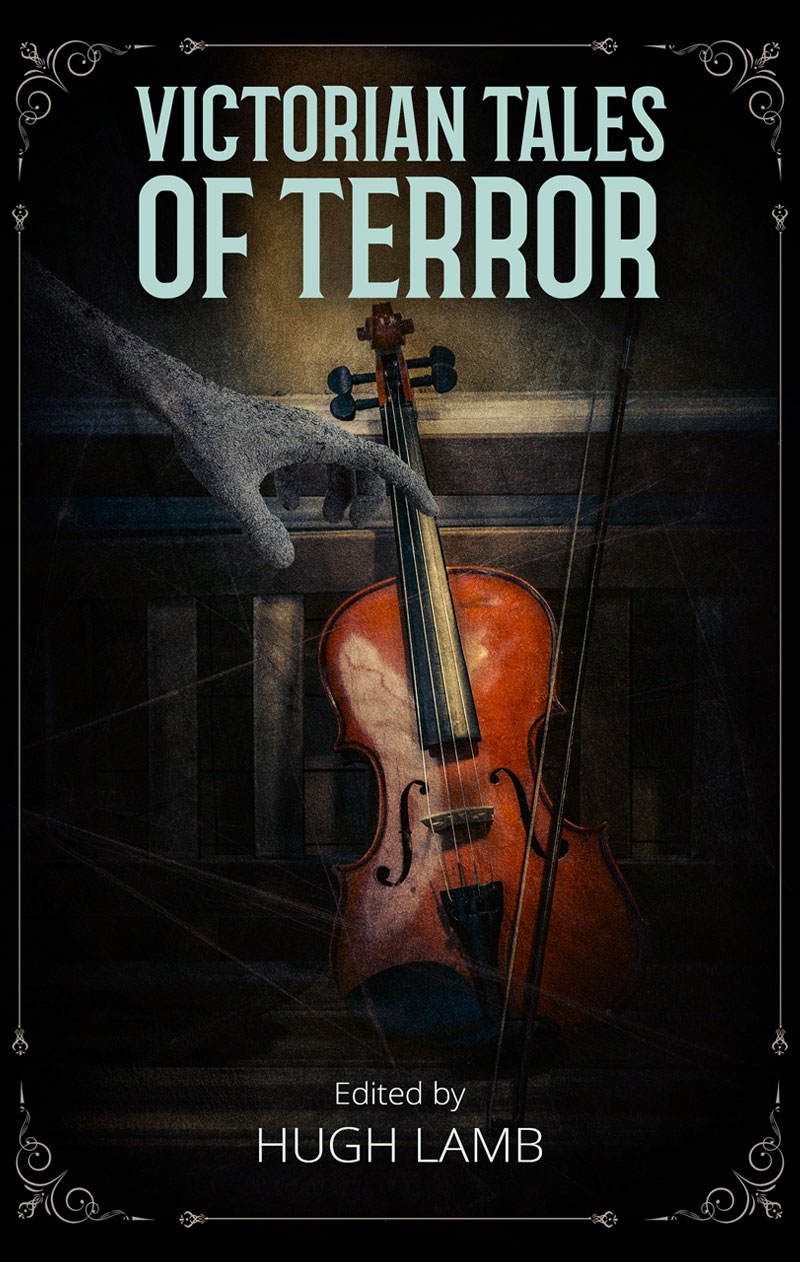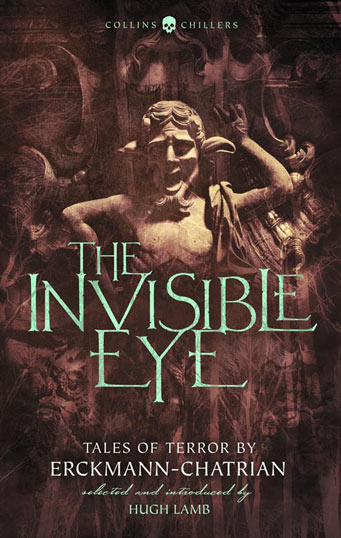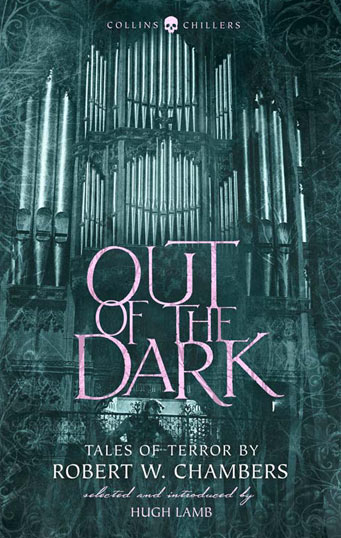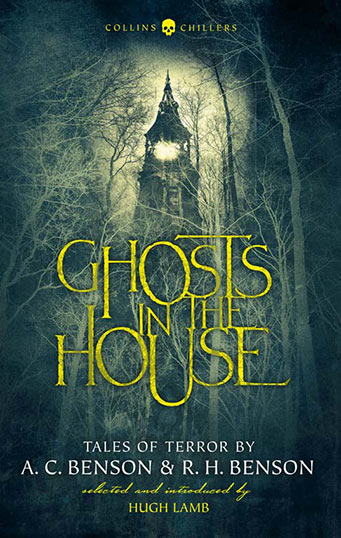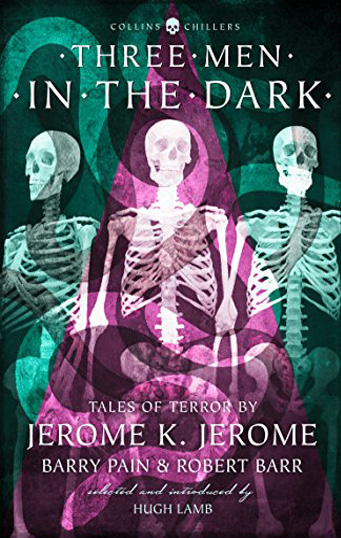
The Black Reaper
Description
Published in 1998 by Ash-Tree Press.
Bernard Capes was celebrated as one of the most prolific authors of the late Victorian period, producing dozens of short stories, articles, and more than forty novels across multiple genres, culminating in the first original crime novel published by Collins, The Skeleton Key.
Bernard Capes was celebrated as one of the most prolific authors of the late Victorian period, producing dozens of short stories, articles, and more than forty novels across multiple genres, culminating in the first original crime novel published by Collins, The Skeleton Key. His greatest acclaim, however, came from penning some of the most terrifying ghost stories of the era. Yet following his death in 1918 his work all but slipped into oblivion until the 1980s, when veteran anthologist Hugh Lamb first collected Capes’s tales of terror as The Black Reaper.
Contents
Foreword – Ian Burns
Introduction – Hugh Lamb
The Black Reaper
The Vanishing House
The Thing in the Forest
The Accursed Cordonnier
The Shadow-Dance
William Tyrwhitt’s ‘Copy’
A Queer Cicerone
A Gallows-Bird
The Sword of Corporal Lacoste
The Glass Ball
Poor Lucy Rivers
The Apothecary’s Revenge
The Green Bottle
The Closed Door
The Dark Compartment
The Marble Hands
The Moon Stricken
The Queer Picture
Dark Dignum
The Mask
The Strength of the Rope
The White Hare
An Eddy on the Floor
Acknowledgements
Bibliography
About the Publisher
Trivia
This is the second edition of a Bernard Capes anthology entitled The Black Reaper by Hugh Lamb. First published in 1989, with almost half the stories, it was then expanded for this edition.
The cover art for In the Dark was done by Hugh Lamb’s son, Richard.
Praise
“Capes’ fiction, as found in this collection, is at worst passable and at best genuinely singular. Considering how good his best stories can be, how prolific he was, or that he was praised by the likes of Chesterton (and, much later, by Robert Aickman) it is rather surprising that he is all but completely forgotten nowadays.
One recurring flaw, tho, is his prose style. While far from unreadable, it is oft cumbersome and overwritten. Sometimes, it works, for example accenting the decadent flair of “The Accursed Cordonnier”. At other times, tho, it doesn’t.
Titular tale might pose particular issue for some, but it is really a very different beast: here, deliberately archaic prose accents the feeling of authenticity, with story being presented as taken from a 17th century chronicle.
Prose aside, stories are extremely varied with some genuine gems. We have takes on classic tropes, such as werewolves like “The Thing in the Forest”, here with a folkloric feel. expert ghost stories such as “William Tyrwhitt’s ‘Copy’” or “An Eddy on the Floor”, Poe-inspired extravaganza of “The Accursed Cordonnier”, darkly humorous tales of Napoleonic wars redolent of Potocki such as “Gallows-bird” and “The Sword of Corporal Lacoste”… and then we have truly original pieces of weird fiction such as “The Moon Stricken”. This one has you expecting Blackwood-like mysticism, yet it goes into very different territory. This is another case where Capes’s prose style works really well, be it the portentous descriptions of landscape or nightmarish imagery found in story’s climax. Description of feverish nightmare from the opening of “The Sword of Corporal Lacoste” is another great example of this. Capes had quite a knack for conjuring grotesque imagery.”



